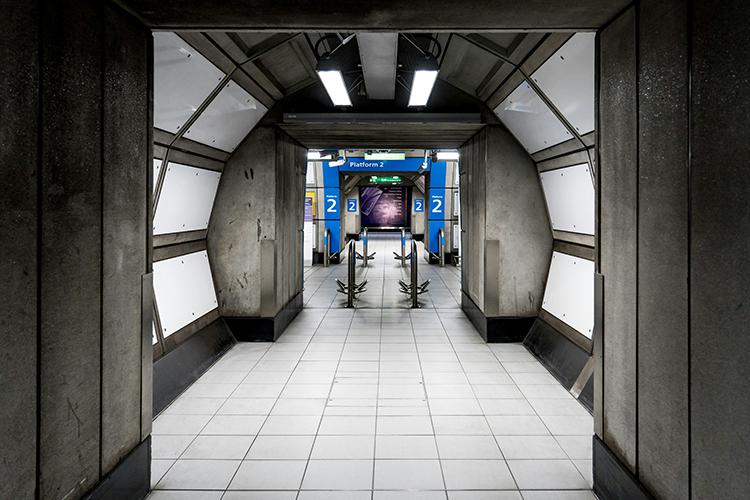
Underneath the ground lies a complex and hidden network of pipes, cables, and conduits that provide essential services like water, electricity and gas to our homes and businesses. However, due to their buried nature, it can be remarkably difficult to know the exact location or depth of underground utilities. This can cause major issues and delays for construction projects if unidentified services are damaged. So, how do utility surveyors uncover and map what lies beneath? Read on to find out.
Ground Penetrating Radar (GPR)
Ground Penetrating Radar (GPR) has become one of the most valuable technologies for non-invasively locating buried assets. GPR emits electromagnetic signals into the ground which reflect off objects, allowing surveyors to detect pipes, cables and various subsurface structures. While results can vary depending on ground conditions, GPR surveys from csw-surveys.co.uk can locate objects up to about 4 metres deep.
Electromagnetic Locating
Specialist handheld devices can also detect electromagnetic signals emitted from metallic pipes and cables, helping to trace their paths. While useful for tracing utilities, the technology has limitations in determining precise depth without additional information.
Vacuum Excavation
Also called safe digging, vacuum excavation uses pressurised air and industrial vacuums to safely expose buried utilities before invasive digging. This pinpoints the exact location, depth, and direction of assets via utility surveys while avoiding damage. Vacuum excavation is extremely useful but does not trace utilities across an entire site.
Creating Digital Maps
Once located, the utilities can be surveyed and added to digital maps using sophisticated GPS, surveying equipment and specialist software. This data allows precise plotting and 3D modelling of subsurface assets. The mapped information provides invaluable planning for future works, avoiding buried utility lines that were previously unknown.
The Human Element
While technology does the heavy lifting in locating underground utilities, experienced surveyors are still crucial. Their knowledge and expertise help select the best survey methods for each site while accurately interpreting complex sensor data. They can also extrapolate the routes of utilities in between exposed points. Careful technicians perform safe excavation, precise measurement of utility assets and data collection.
Why Accurate Information is Vital
Damaging pipes and cables during excavation work can have severe consequences like loss of critical services, environmental contamination due to gas leaks and even injury if electric lines are ruptured. Billions are spent annually rectifying utility strikes worldwide. By mapping assets in detail prior to projects beginning, contractors avoid hazardous contact with services allowing projects to proceed safely, on time and budget.
Adapting Technologies
Engineers continually tweak and enhance underground mapping technologies making them faster, more detailed and effective at greater depths. Signal processing and analytical software also improve. Exciting innovations include combining GPR scans, electromagnetic tracing and other data into 3D models showing subsurface structures with incredible accuracy across entire sites.
Identifying the services beneath the surface is crucial for avoiding damaged utilities and delays that cost time and money. While technologies like GPR and electromagnetic locating are enormously helpful for detecting buried assets, vacuum excavation and precise survey data help pinpoint the exact locations. With the underground now uncovered and digitally mapped, construction and excavation projects can safely proceed, avoiding disastrous contact with vital gas pipes, live electric cables, fibre optics and other critical infrastructure hidden just under the surface.
related post

Leave a Reply